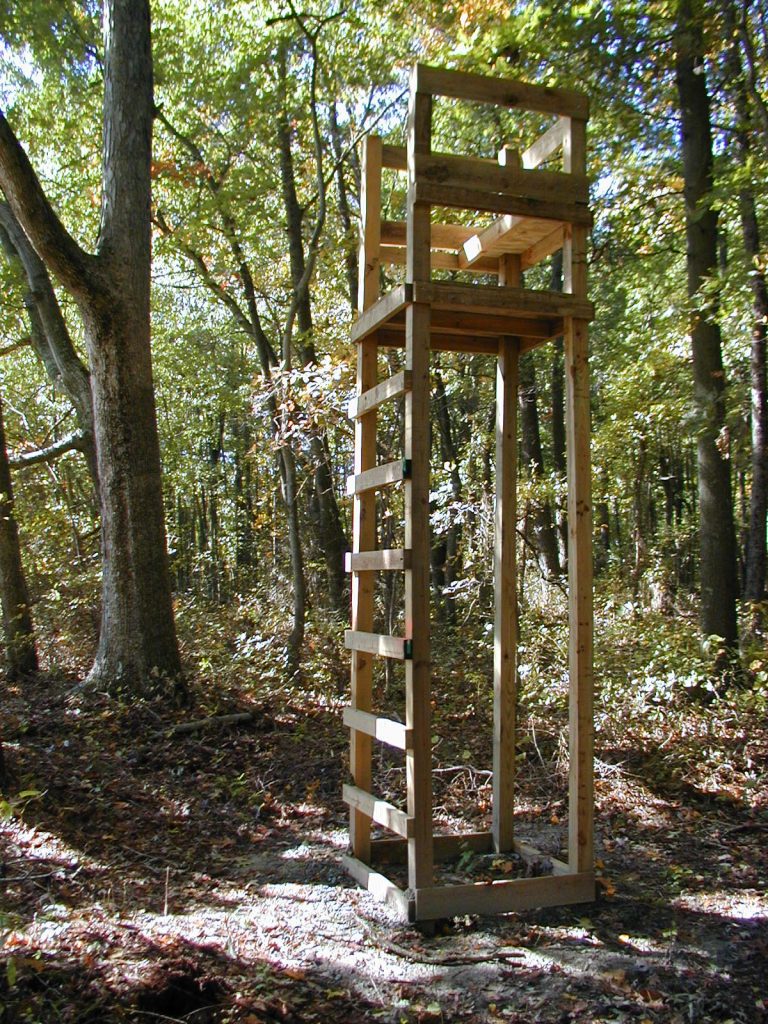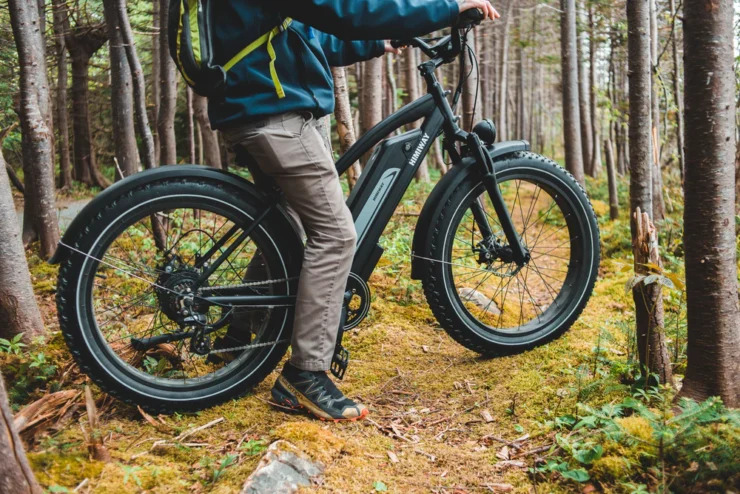Delaware deer hunters will be afield hoping to harvest a white-tailed trophy buck when the state’s general firearm deer season – known to hunters as the shotgun season – opens Friday, Nov. 10. /USFWS photo
Cottontail Rabbits, Ring-necked Pheasant, and Bobwhite Quail Seasons All Set to Open Monday, Nov. 20 Across State
Many Delaware hunting seasons are to open or are already open this month, including the popular November general firearm deer season, also known as the shotgun season, which runs from Friday, Nov. 10 through Sunday, Nov. 19, the Delaware Department of Natural Resources and Environmental Control announced today. Duck, Canada goose and other hunting seasons open later in the month on Nov. 20.
Meanwhile, the DNREC Division of Fish and Wildlife is clarifying season dates for small game, due to incorrect dates listed in print copies of the 2023/’24 Delaware Hunting and Trapping Guide on the seasons for cottontail rabbits, ring-necked pheasants, and bobwhite quail. Hunting season for all three species will open on Monday, Nov. 20 – instead of Nov. 21 as indicated the print version of the hunting and trapping guide. The online version of the guide has been updated to reflect the correct dates for small game seasons.
Dates for all hunting seasons opening in November are:
- Raccoon and opossum (hunt only): Nov. 1 through Feb. 29, 2024*
- Red fox (hunt only): Nov. 1 through Feb. 29, 2024
- Deer general firearm/shotgun: Nov. 10 through 19, including all Sundays
- Tundra swan (by special permit ONLY): Nov. 11 through Jan. 31, 2024
- Woodcock (first season split): Nov. 20 through Nov. 25
- Ducks (including sea ducks), coots and mergansers (second season split): Nov. 20 through Nov. 25
- Bobwhite quail: Nov. 20 through Jan. 6, 2024
- Mourning dove (second season split): Nov. 20 through Jan. 31, 2024
- Ring-necked pheasant (male only): Nov. 20 through Feb. 3, 2024
- Cottontail rabbit: Nov. 20 through Feb. 29, 2024
- Canada goose (first season split): Nov. 20 through Nov. 25
*Raccoon and opossum hunting seasons are closed during the November youth/non-ambulatory deer hunt and the November general firearm/shotgun deer season. Special hunting hours for raccoon and opossum during the December antlerless, January handgun/straight-walled pistol-caliber rifle, January general firearm/shotgun and January muzzleloader deer seasons are 7 p.m. until midnight.
More information on hunting seasons and wildlife areas is available in the 2023/2024 Delaware Hunting and Trapping Guide at de.gov/hunting. More information on hunting licenses, the state waterfowl stamp and the Conservation Access Pass is available at de.gov/huntinglicense.
About DNREC
The Delaware Department of Natural Resources and Environmental Control protects and manages the state’s natural resources, protects public health, provides outdoor recreational opportunities and educates Delawareans about the environment. The DNREC Division of Fish and Wildlife conserves and manages Delaware’s fish and wildlife and their habitats, and provides fishing, hunting, wildlife viewing and boating access on nearly 68,000 acres of public land owned or managed by the Division of Fish and Wildlife. For more information, visit the website and connect with @DelawareDNREC on Facebook, Instagram, X (formerly known as Twitter) or LinkedIn.
Media Contacts: Michael Globetti, michael.globetti@delaware.gov; Nikki Lavoie, nikki.lavoie@delaware.gov
###

